Changing shape, color, or gender might sound like something out of a sci-fi movie, but in the animal kingdom, these superpowers are very real. Many animals have evolved incredible abilities that allow them to adapt to their environment or social needs in the blink of an eye. Whether it’s to evade predators, attract a mate, or blend into their surroundings, these transformations are both fascinating and functional. Let’s dive into the world of these shape-shifting, color-changing, and gender-bending creatures and unravel their incredible capabilities.
1. Masters of Disguise: The Octopus

Octopuses are the chameleons of the sea, renowned for their ability to change color, texture, and even the shape of their bodies. This isn’t just for show—they alter their appearance to blend seamlessly into their surroundings, evading predators and sneaking up on prey. They have specialized cells in their skin called chromatophores, which allow them to switch shades in an instant. Beyond just colors, octopuses mimic textures and shapes, transforming from smooth sand-like surfaces to jagged coral imitations. Their mastery of disguise is both an art and a survival strategy.
2. The Colorful Cuttlefish
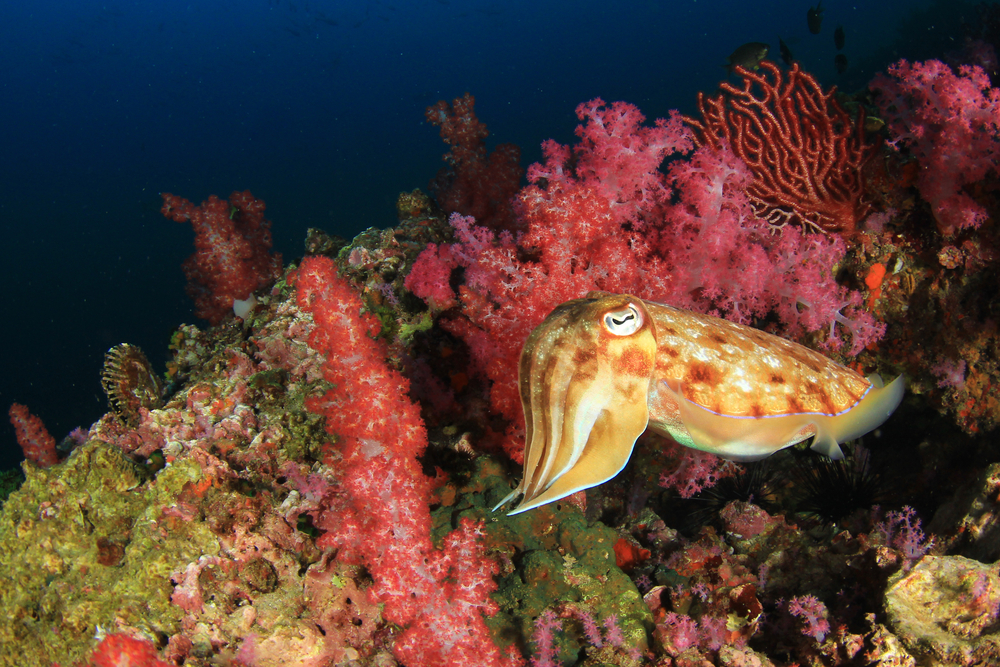
Cuttlefish are not just soft-bodied wonders of the sea; they’re also exceptional color changers. With the ability to rapidly alter their skin’s hue and pattern, these cephalopods communicate, camouflage, and even hypnotize prey. Their skin contains chromatophores, iridophores, and leucophores—cells that reflect light in various ways to create vibrant displays. When a cuttlefish decides to put on a show, it can flash intricate patterns that dazzle the eye. This color-changing ability is crucial for mating displays, confusing predators, or ambushing unsuspecting meals in the ocean depths.
3. Chameleon: Nature’s Color Magician
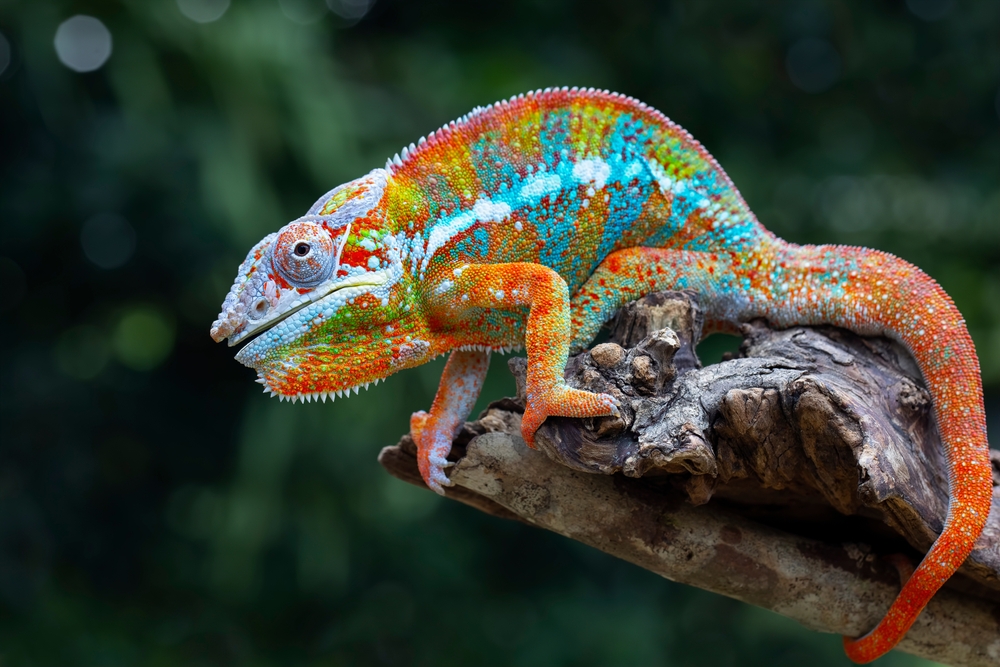
Chameleons are practically synonymous with color change. These lizard magicians shift through a spectrum of colors not just for camouflage, but to communicate with others and regulate their body temperature. Their skin contains layers of special cells that can expand or contract to reveal different pigments. When a chameleon is feeling feisty, frightened, or flirtatious, its color palette reflects its mood. This remarkable ability is as much about social signaling as it is about blending into a leaf-laden backdrop, making chameleons one of nature’s most versatile performers.
4. Mimic Octopus: The Shape Shifter
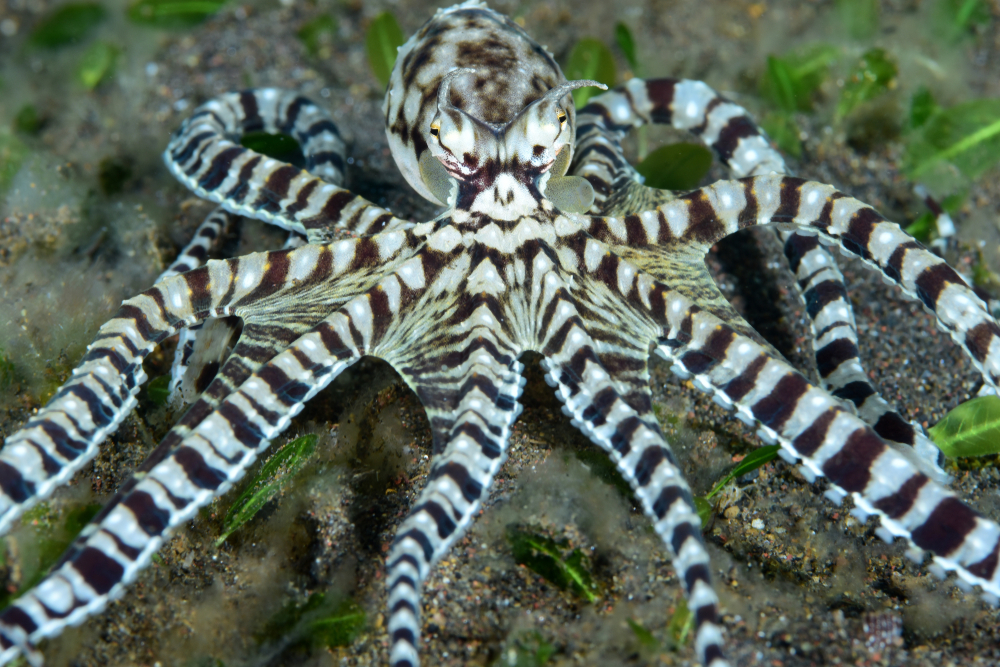
The mimic octopus takes transformation to another level by impersonating other sea creatures. Found in Indonesian waters, this clever octopus contorts its body and changes its color to mimic lionfish, flatfish, and even sea snakes. By adopting the appearance of these more dangerous marine animals, the mimic octopus deters predators from taking a bite. It’s not just about changing color; it’s about a full-on physical transformation that convinces observers they’re seeing something else entirely. This octopus’s dramatic shape-shifting is a survival tactic honed to perfection.
5. Shape-Shifting Seahorses

While not as dramatic as some, seahorses possess the ability to change color and adapt their appearance to match their surroundings. This helps them hide among seaweed and coral, staying safe from predators in the bustling marine environment. Seahorses are also unique for their reproductive role reversal, where males carry and birth the young. This gender role switch is fascinating in itself, showing how versatile and adaptive these creatures are. While their transformations aren’t as flashy, they’re just as vital for survival in the aquatic world.
6. The Gender-Bending Clownfish
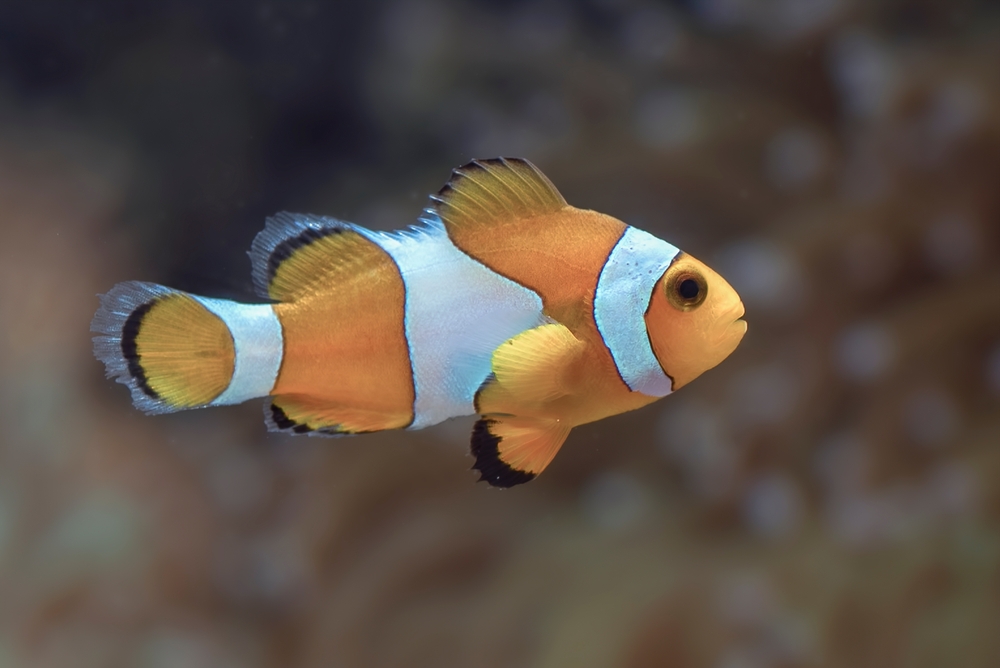
Clownfish, with their vibrant orange hues and symbiotic relationship with sea anemones, have a unique gender-bending ability. These fish are born male but can change gender if the dominant female of the group dies. This transformation ensures their social structure remains intact, with the largest male becoming the new female. It’s a fascinating process driven by necessity and survival, showcasing how flexible clownfish can be in their roles. This gender adaptability allows them to maintain balance in their small, social communities nestled within the sea anemone’s embrace.
7. Parrotfish’s Color and Gender Transition
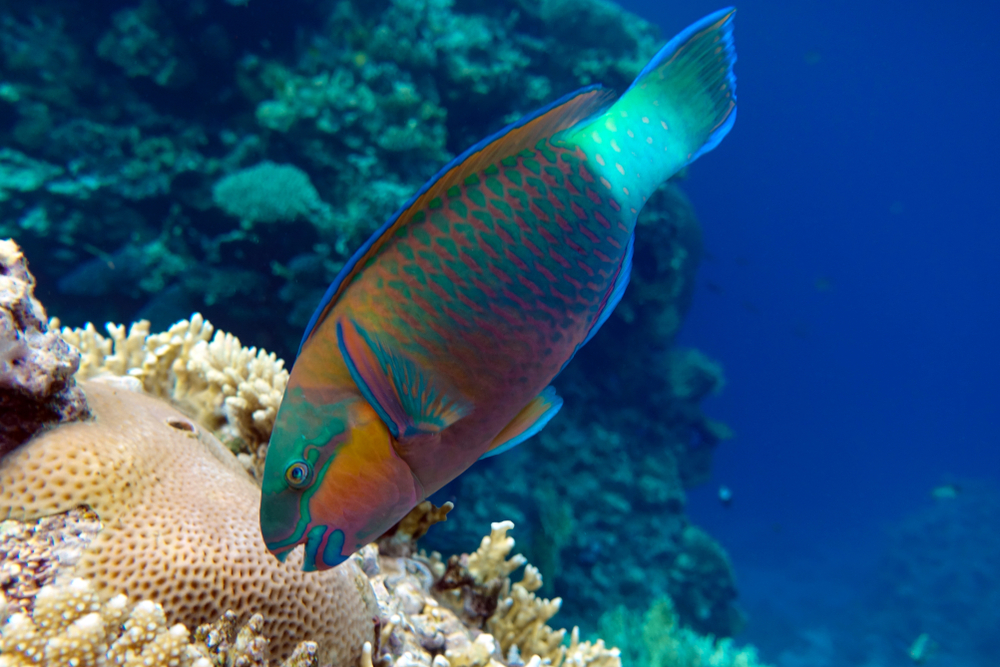
Parrotfish are known for their striking colors and their ability to change both color and gender during their lifetime. These tropical fish start life as one sex and can switch to another if needed. Their color transformation is equally impressive, shifting from juvenile browns and greens to vibrant blues and purples as adults. This dual ability serves both social and survival purposes, allowing parrotfish to adapt to their surroundings and social hierarchy dynamically. In the complex world of coral reefs, flexibility in appearance and role is a crucial advantage.
8. The Color-Adjusting Flatfish
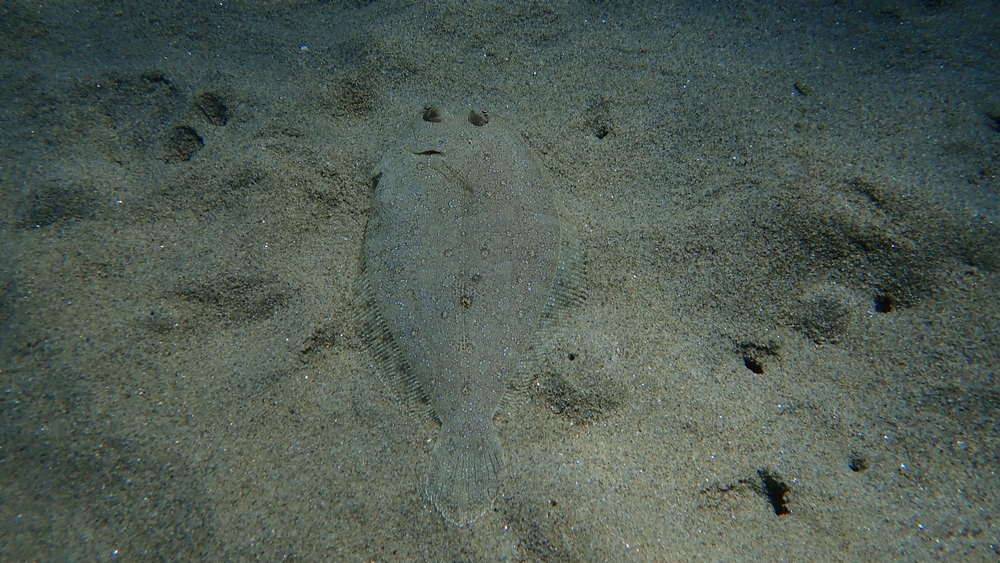
Flatfish, like flounders and soles, are masters at blending into the ocean floor. These fish undergo a fascinating transformation as they mature, with one eye migrating to join the other on the same side of their body. This peculiar adaptation helps them lie flat against the seabed, camouflaging themselves effectively. Their skin can also change color to match the surrounding sand or mud, providing an excellent disguise from predators and an advantage when ambushing prey. Flatfish are true experts in the art of concealment, using both color and form to their benefit.
9. The Transformative Frogfish
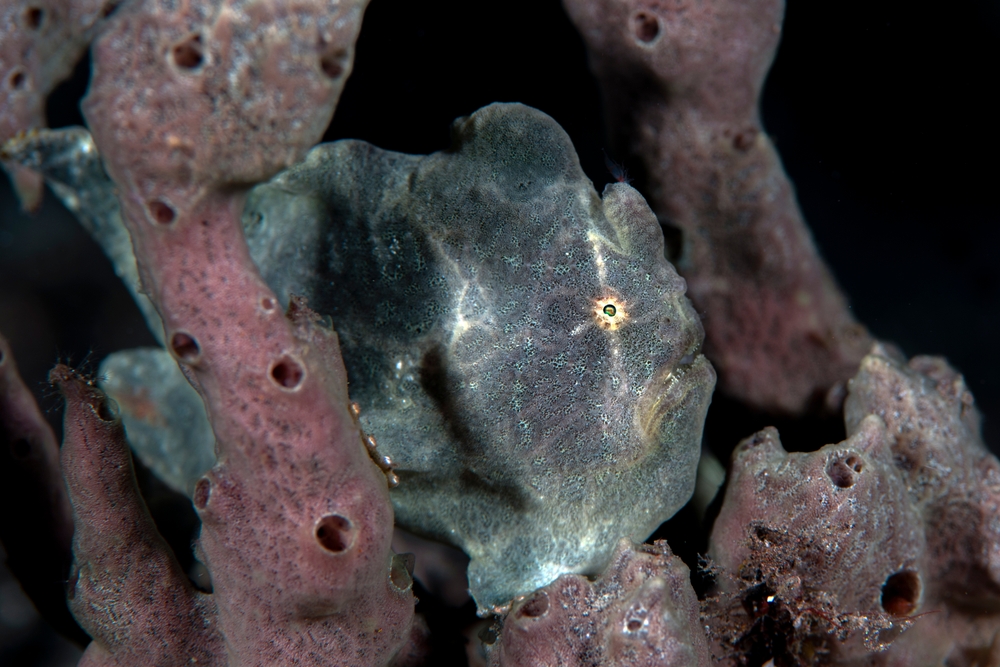
Frogfish are bizarre and captivating, with the astonishing ability to change color and texture to blend seamlessly into their surroundings. These stocky, anglerfish relatives often resemble sponges or corals, altering their appearance based on their immediate environment. Their unique lure, a modified dorsal fin, entices prey to come close. The frogfish’s ability to change not just color but also texture makes it an exceptional ambush predator. It waits, almost invisible, for prey to wander within striking distance, demonstrating the evolutionary advantage of its transformative skills.
10. The Gender-Swapping Wrasse
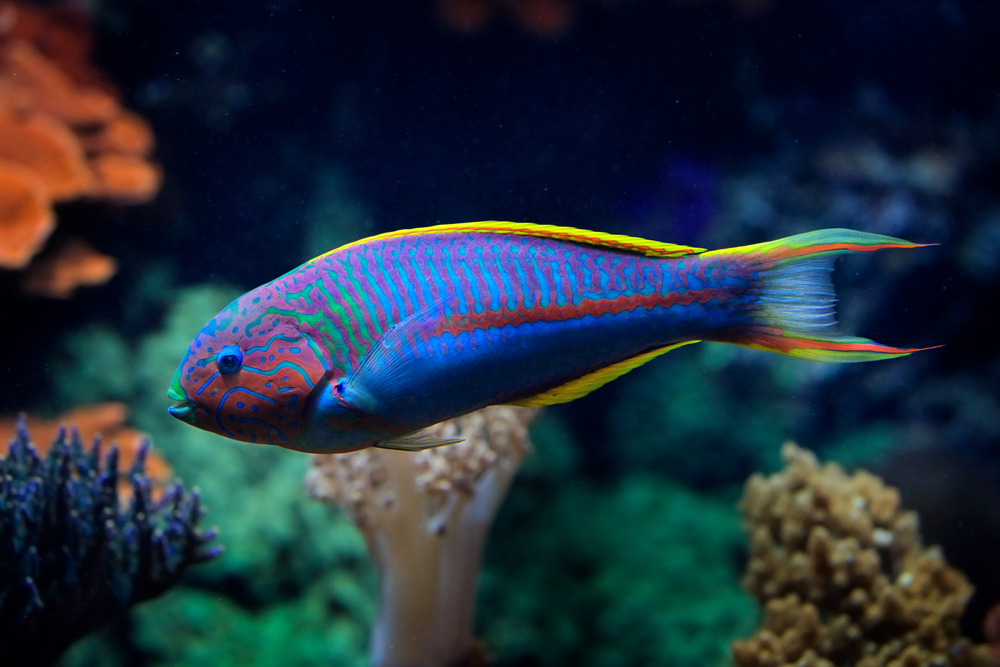
Wrasses are another group of fish known for their gender-bending capabilities. Many species within this family can change sex, often from female to male, as part of their social structure. This transition is usually triggered by the absence of a dominant male, ensuring the continuity of their social hierarchy. The process is not instantaneous but occurs over several days, during which the fish’s physical and behavioral characteristics evolve. This flexibility allows wrasses to adapt to any shifts in their environment, demonstrating how pivotal these changes are for their survival.
11. Cuttlefish’s Textural Transformations
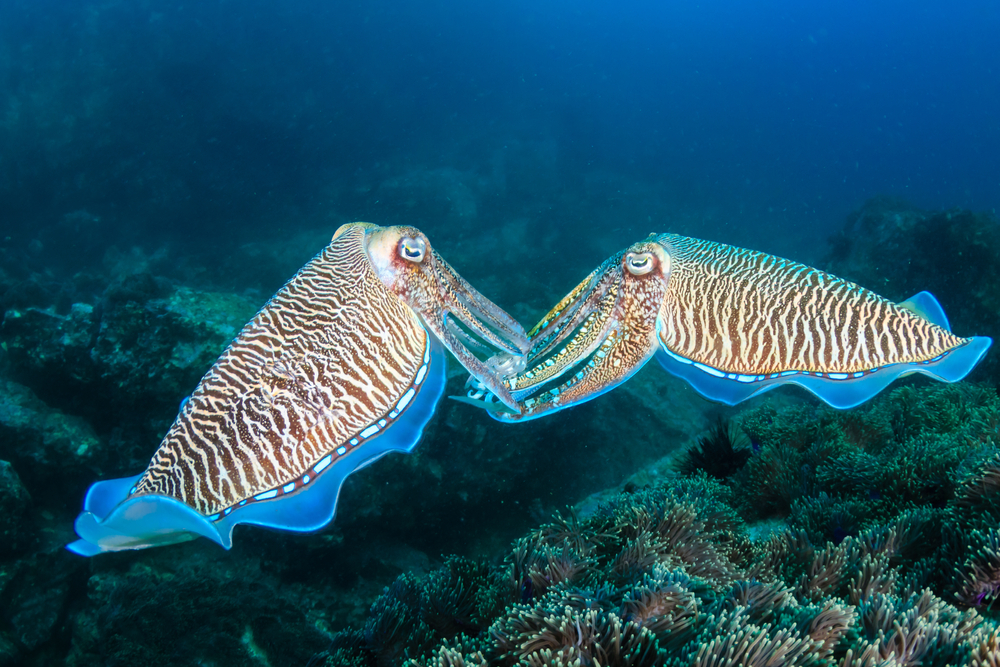
Beyond just color changes, cuttlefish are capable of altering the texture of their skin to mimic their surroundings more accurately. This ability helps them blend into the ocean floor or rock surfaces, making them nearly invisible to predators. By contracting and relaxing muscles in their skin, cuttlefish can create bumps and ridges that mirror nearby textures. This three-dimensional transformation is crucial for their camouflage prowess. Combined with their color-changing capabilities, this textural flexibility makes cuttlefish one of the ocean’s most impressive illusionists.
12. The Dynamic Dragonet Fish
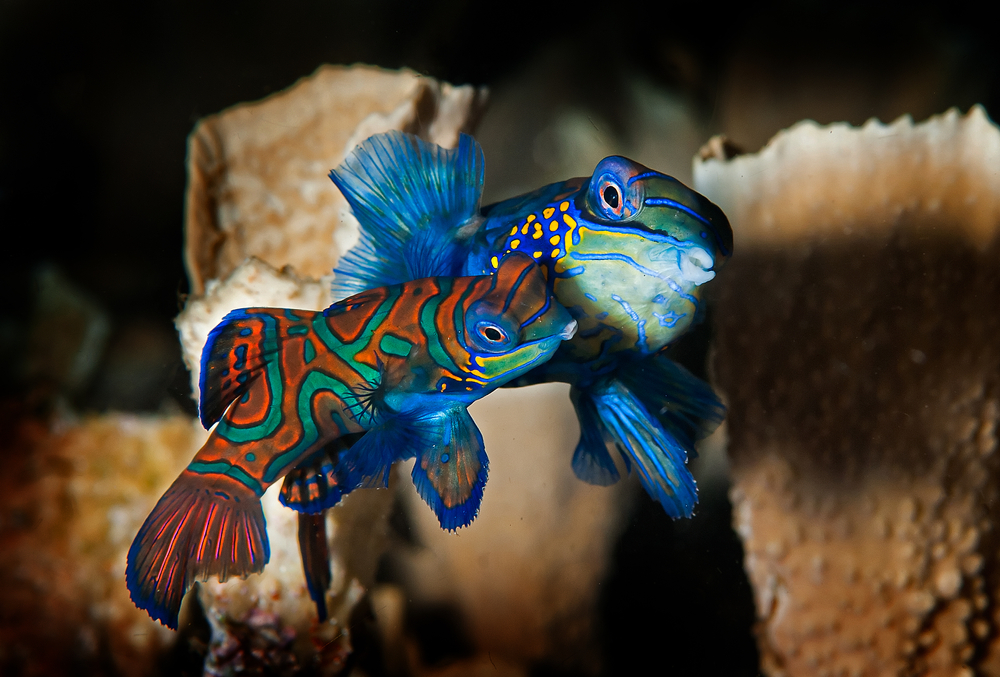
Dragonet fish are lesser-known but equally fascinating for their ability to change color. These small, vibrant fish use their color-changing ability primarily for communication, especially during mating displays. Males often sport brighter colors to attract females, and they can adjust their hues to signal aggression or submission to other males. This color versatility plays a critical role in their social interactions and reproductive success. While they may not have the dramatic transformations of other species, dragonet fish demonstrate how crucial and nuanced these changes can be.
13. Sea Slugs: Masters of Morphing
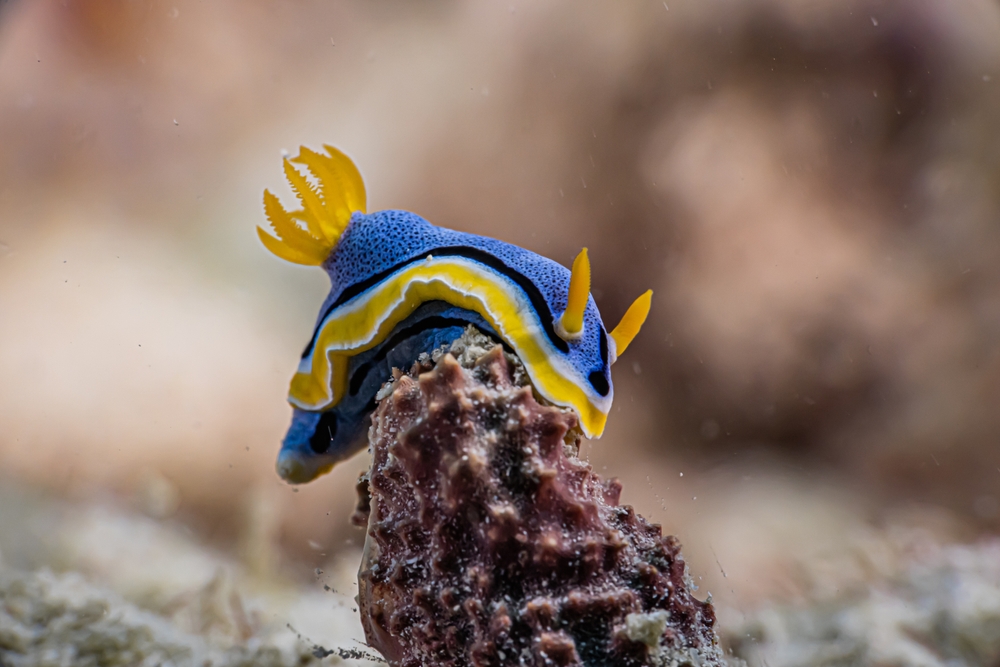
Sea slugs, or nudibranchs, are known for their flamboyant colors and patterns, but some species can also change shape and coloration. These changes can help them blend into their surroundings, evade predators, or communicate with other sea slugs. Their vibrant appearances often serve as a warning to potential predators about their toxicity. However, some sea slugs can alter their patterns and colors to mimic surrounding textures and hues, enhancing their camouflage. This adaptability makes them fascinating subjects in the study of marine biology and evolutionary tactics.
14. The Gender-Fluid Goby Fish
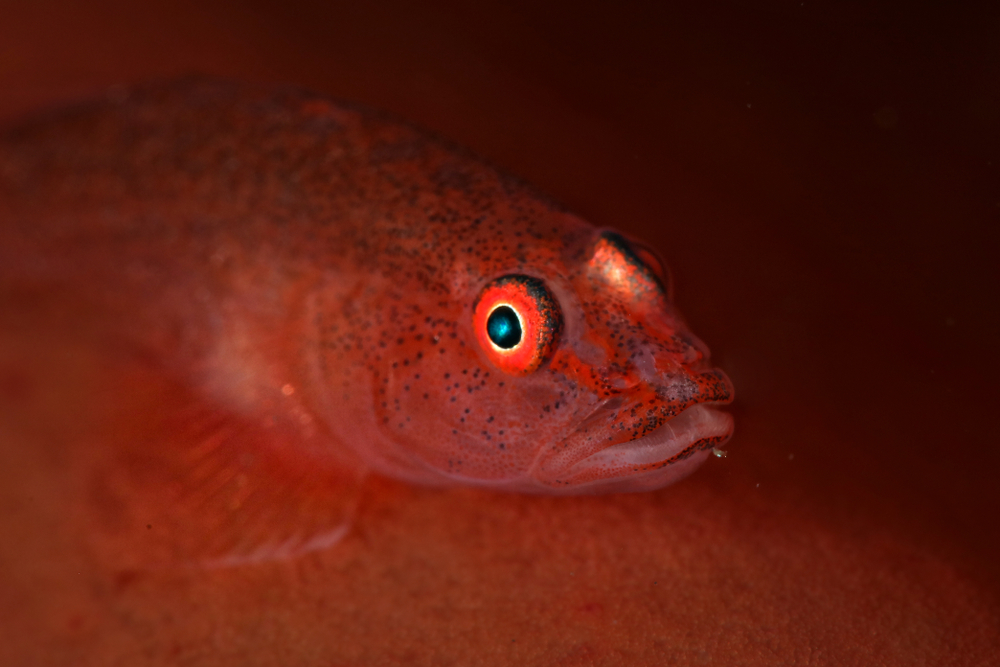
Goby fish are notable for their ability to change gender fluidly within their social hierarchies. In many goby species, individuals can transition from female to male and vice versa, depending on the social structure and the absence of a particular gender. This ability ensures that the group dynamics remain stable and that reproductive roles can be filled as needed. Goby fish exemplify how gender fluidity in the animal kingdom can be an essential adaptation for survival, demonstrating nature’s incredible ability to break the boundaries of biological roles.
